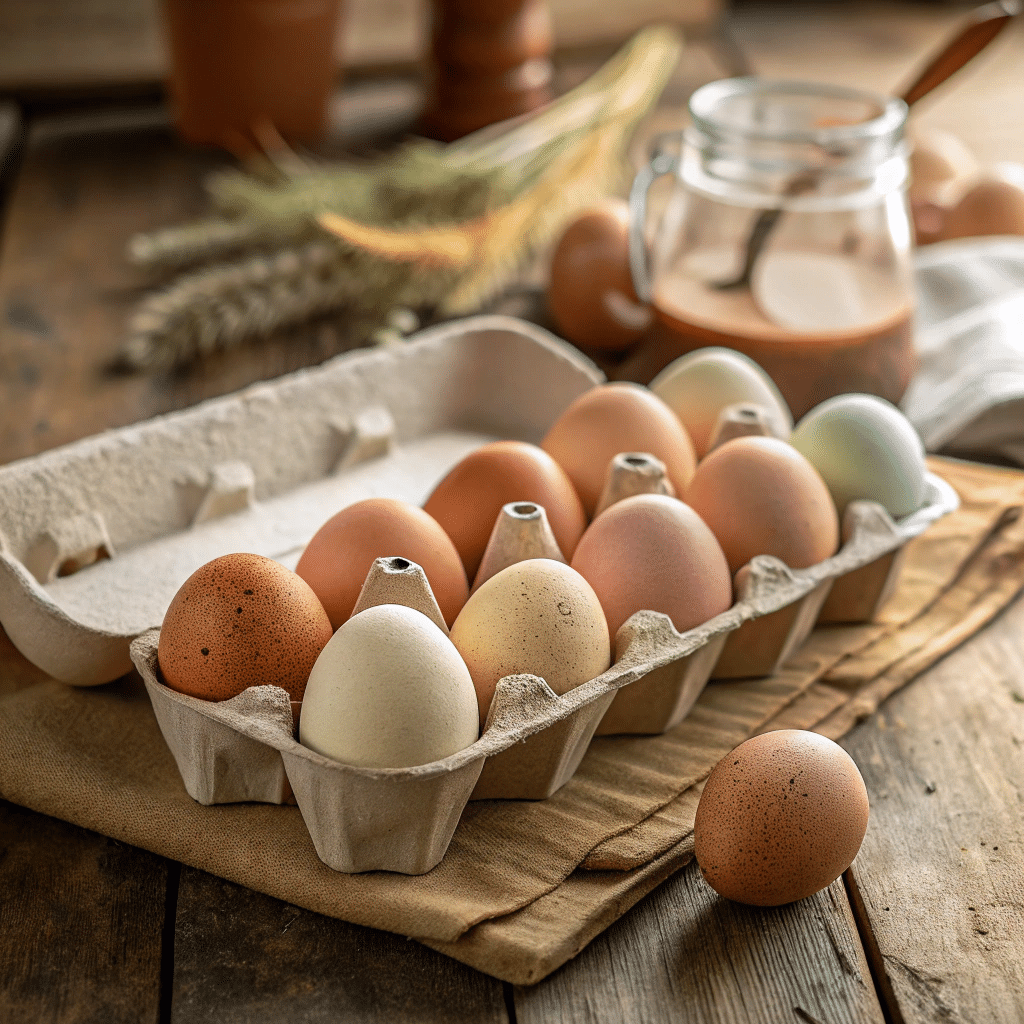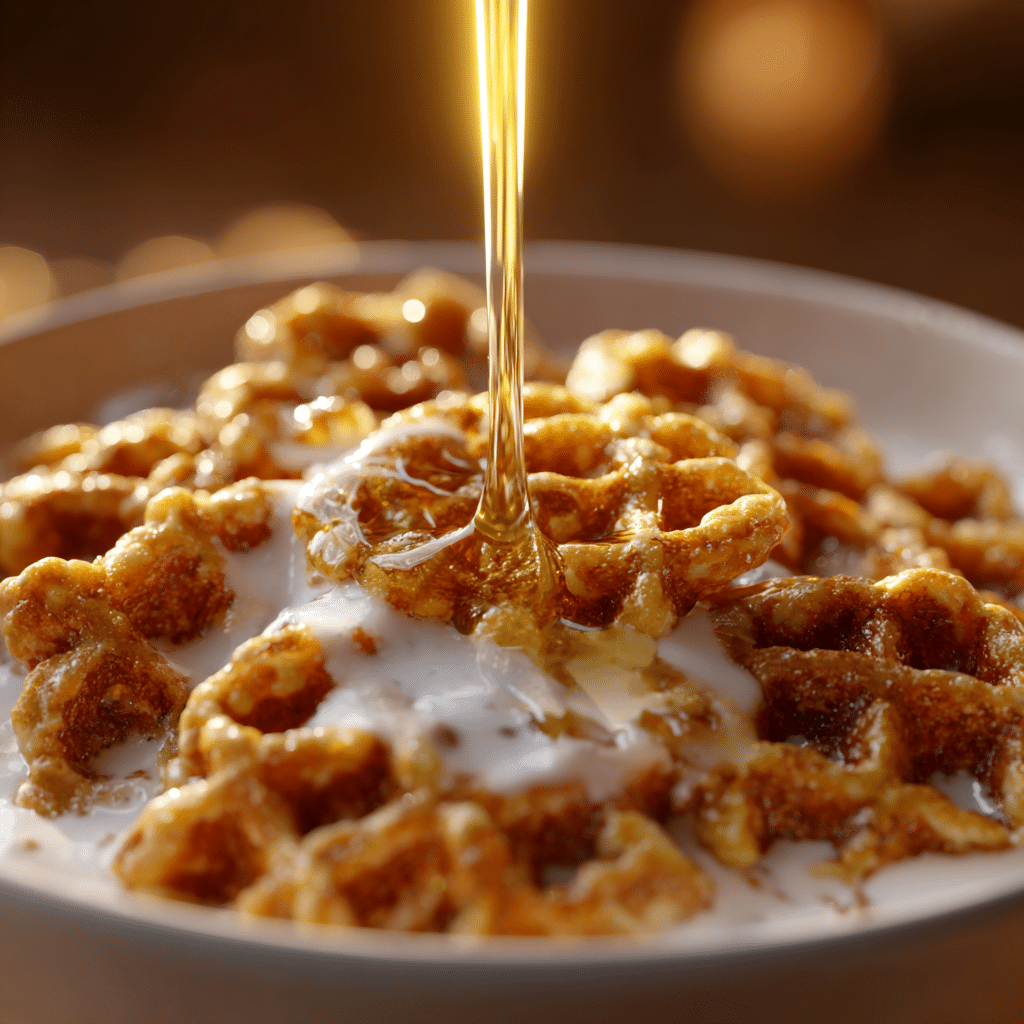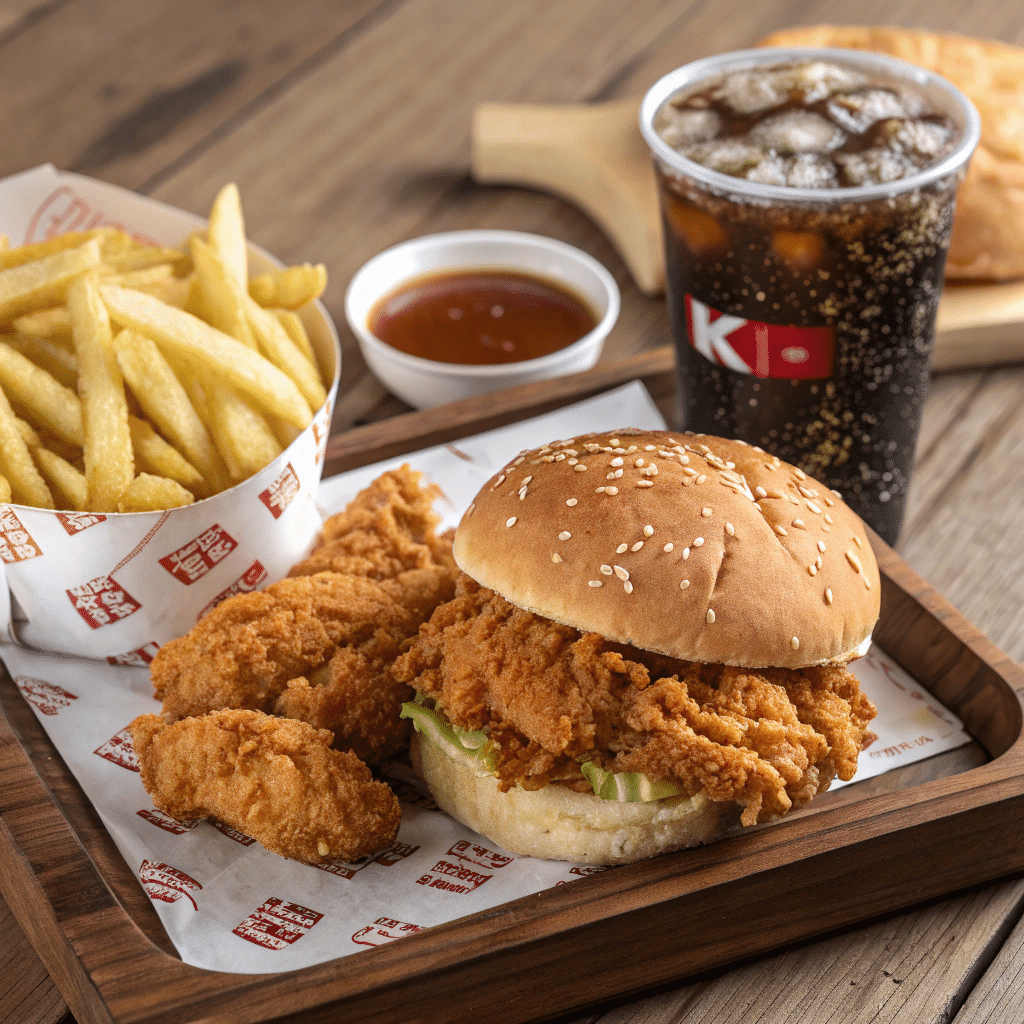Pasture Raised Eggs: The Definitive Guide for Health, Taste & Downsides
Introduction Pasture raised eggs are a game-changer in the kitchen—rich, flavorful, and packed with nutrients that truly make a difference. Hello, fellow food lovers! I’m Maria, your chef and the …




